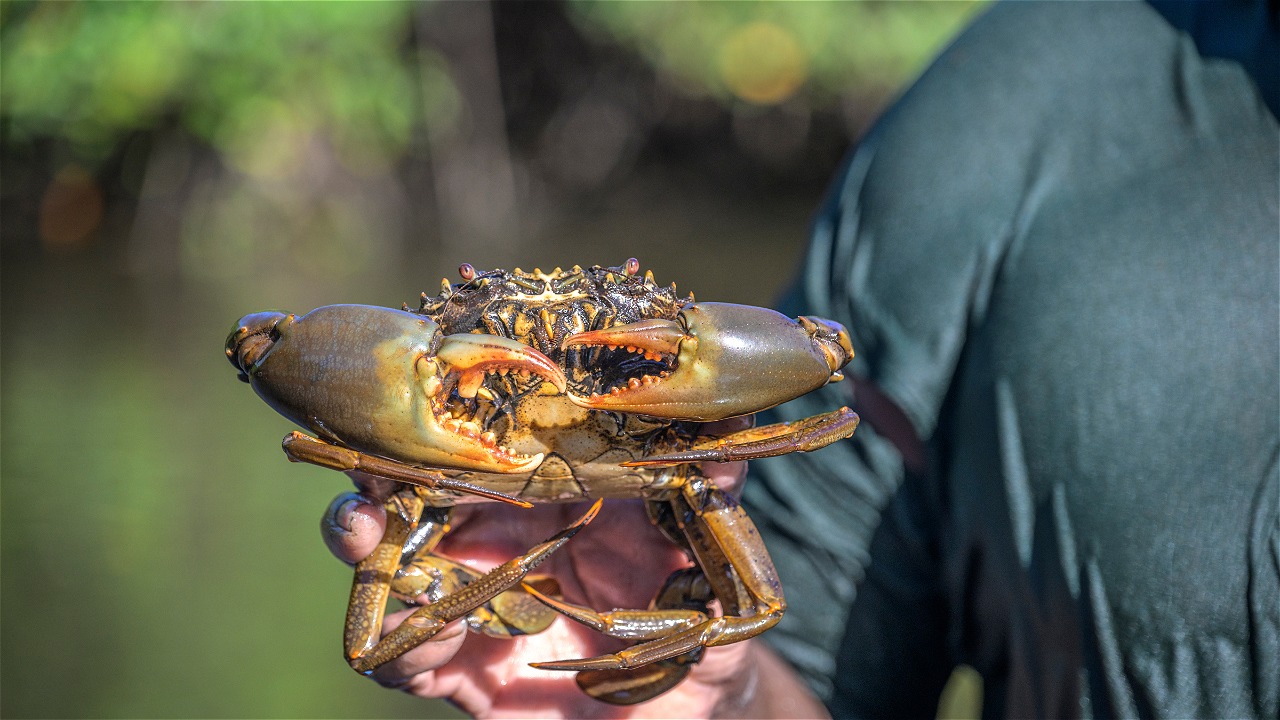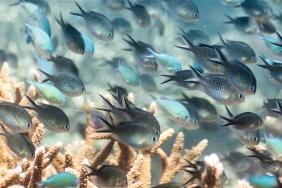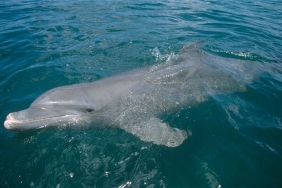#KEPITINGLESTARI: ENCOURAGING IMPROVED MANGROVE CRAB FISHERIES PRACTICES IN SOUTHEAST MALUKU
By: Faridz Rizal Fachri (Capture Fisheries Officer, WWF-Indonesia)
The mangrove crab (Scylla sp) is one of the most economically valuable fisheries commodities. The high demand for this commodity has led to overexploitation in its habitat. The pressure has caused the crab to reach adulthood earlier. This can be seen from the trend of carapace widths that continue to shrink to below 5 cm, as is the case on the North Coast of Java Island.
Management of mangrove crab utilization is very important. This is reflected in the issuance of KP Regulation No.1/2015 concerning the Rules for Catching Mangrove Crabs (with carapace length above 15 cm).
This regulation is quite difficult for fishermen to comply with, given the rarity of mangrove crabs caught at that size. Although, there is already a KP Ministerial Circular Letter No. 18/MEN-KP/I/2015 related to the weight size that can be caught and traded in stages (in 2016 the carapace size > 15 cm for all species of Scylla sp., with a weight > 350 grams).
The potential for unspoiled mangrove crab resources can be found in Southeast Maluku Regency, namely in the Hoat Soarbay mangrove forest ecosystem, which is included in the Kei Kecil Regional Marine Protected Area (MPA). Mangrove crab production in Hoat Soarbay reaches 4.01 tons/year.
Two species of mangrove crabs have been identified, namely Scylla cerrata and Scylla olivace. Both species were caught using bamboo traps with dimensions of 110 x 70 x 50 cm. The operation of the traps setting and hauling was done once a day (one-day fishing), using bait fish of snapper and baronang species.
The catch at Hoat Soarbay showed that mangrove crabs were in good condition, with carapace lengths reaching 23 cm (average 13.8 cm). The use of bait fish also needs to be considered as non-target fish and bycatch fish (bycatch), as it still enters into the dynamics of the mangrove habitat and ecosystem in Hoat Soarbay.
Seeing this potential, of course, improved mangrove crab fisheries practices need to be implemented to support sustainable crab resources in Southeast Maluku. This fishery improvement practice is implemented based on the results of initial observations, which are compiled in an annual work plan together with parties such as the Maluku Tengggara Regency Marine and Fisheries Service (DKP), Sinar Abadi fishing group, extension services, and WWF-Indonesia. The preparation of this work plan refers to the principles of the Marine Stewardship Council (MSC).
The recording of fisheries logbooks is an important factor to analyze the stock status of mud crabs in Hoat Soarbay, which is also the basis for the assessment of catch composition and harvest control rules (HCR) to develop a strategy for mud crab utilization.
Another study that needs to be conducted is a risk-based framework (RBF) to determine the impact of fisheries activities on habitats and ecosystems including non-target species (primary and secondary), protected and endangered species, and mangroves in Hoat Soarbay. The resulting assessment is used as baseline data in the utilization of mud crabs in the mangrove ecosystem of Hoat Soarbay, which is then encouraged to become a regulation issued by local authorities.
In order to increase the economic value of mangrove crabs from Hoat Soarbay, a marketing strategy connected to the potential market of environmentally friendly products was carried out.
This is done by connecting the Sinar Abadi fishing group, as the main producer of mangrove crabs from Hoat Soarbay, with Fish N' Blues, which is one of WWF-Indonesia's business partners. In addition to the economic aspect, this marketing strategy is also carried out with the aim of promoting #KepitingLestari fisheries as one of the characteristics of Southeast Maluku.





